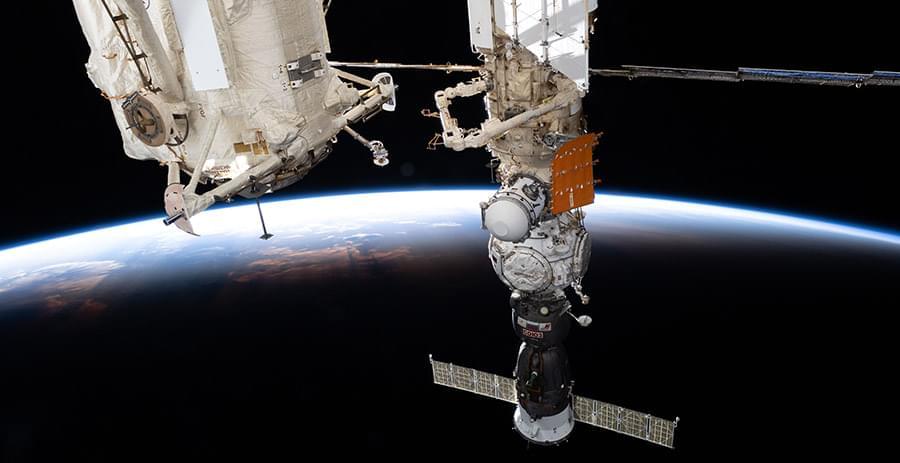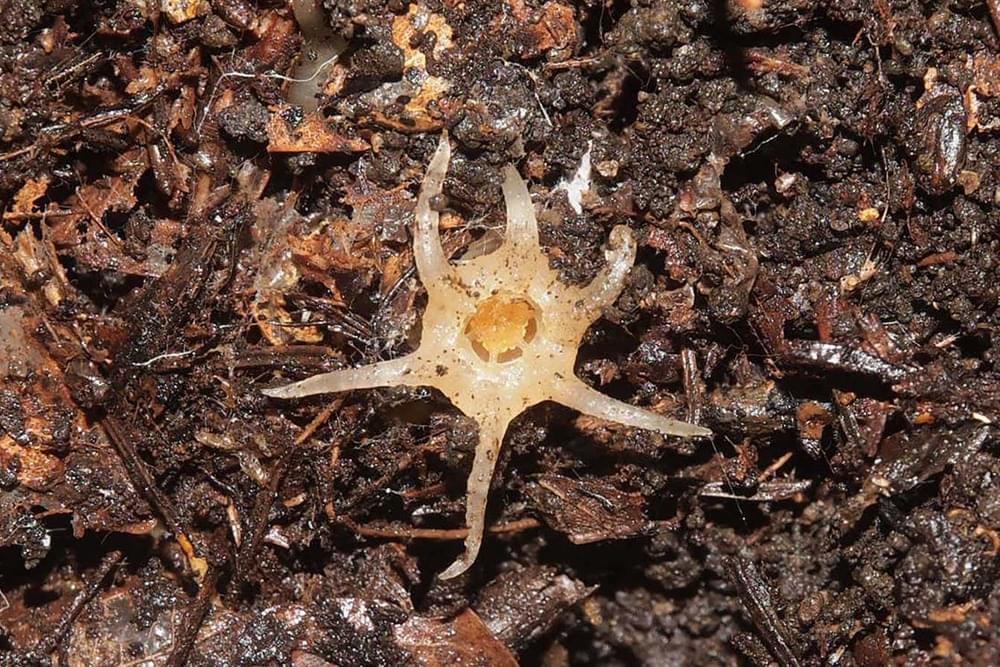May 6, 2024
At the Edge of Explosion: How New Science Is Making Old Reactions Safer
Posted by Saúl Morales Rodriguéz in categories: chemistry, science
The chemical industry has been using a reaction with explosive chemicals for over 100 years — now Mülheim scientists have discovered a safer alternative.
Explosions and poisoning. Serious injuries and even deaths. In the history of the chemical industry, there have been repeated accidents, sometimes fatal, often caused by dangerous and explosive chemicals that are required for certain reactions.
Aryldiazonium salts, which have been used for 140 years, are such chemicals. They are very reactive and therefore extremely useful for producing other compounds – dyes, for example. However, the high reactivity means that isolated aryldiazonium salts are not very stable and can therefore react unintentionally and sometimes explosively. On December 23, 1969, there was a particularly serious explosion involving these chemicals at Ciba AG in Basel. A building was destroyed and heavy pieces of the reactor flew through the air. Three workers lost their lives and 31 were seriously injured. Despite such horrific reports, work continues with aryldiazonium salts.

















